
Plasmonics conference showcases Rice for international audience
Some 250 researchers attended the 10th International Conference on Surface Plasmon Photonics (SPP10) at Rice May 21-26.

Plasmonics conference showcases Rice for international audience
Some 250 researchers attended the 10th International Conference on Surface Plasmon Photonics (SPP10) at Rice May 21-26.

Nanophotonics pioneer Naomi Halas celebrated as newest University Professor
Rice celebrated Naomi Halas’ promotion to University Professor, the institution’s highest academic rank, during a presentation and reception March 22.

Naomi Halas named University Professor
Rice University has promoted nanotechnology pioneer Naomi Halas to its highest academic rank, University Professor. Halas, a 33-year member of Rice’s faculty, becomes only the 10th person and second woman to earn the title in Rice’s 111-year history.
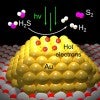
New catalyst can turn smelly hydrogen sulfide into a cash cow
Rice engineers and scientists and collaborators have discovered an efficient, one-step process for converting hydrogen sulfide gas into clean-burning hydrogen fuel.

People, papers and presentations for Oct. 24, 2022
Naomi Halas, the Stanley C. Moore Professor of Electrical and Computer Engineering and professor of chemistry, bioengineering, physics and astronomy and of materials science and nanoengineering and the director of Rice’s Smalley-Curl Institute, touted the findings of a U.S. Patent and Trademark Office study on women inventors Oct. 19 in Houston as part of the Society of Women Engineers’ annual meeting.

Smalley-Curl Institute rewards students’ summer research
The Smalley-Curl Institute held its annual Summer Research Colloquium Aug. 5.

Halas, Nordlander win prestigious Eni Energy Transition Award
Rice’s Naomi Halas and Peter Nordlander have won the prestigious 2022 Eni Energy Transition Award.
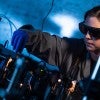
Rice ‘metalens’ could disrupt vacuum UV market
Rice photonics researchers have created a potentially disruptive technology for the ultraviolet optics market.

3D camera earns its stripes at Rice
The Hyperspectral Stripe Projector captures spectroscopic and 3D imaging data.
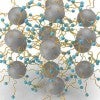
Quantum dots keep atoms spaced to boost catalysis
Rice engineers use graphene quantum dots to trap transition metals for high atom loading in single atom catalysis.
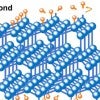
‘Flashed’ nanodiamonds are just a phase
The “flash” process developed at Rice University can turn carbon black into functionalized nanodiamond and other materials. The carbon atoms evolved through several phases depending on the length of the flash.
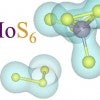
Rice lab peers inside 2D crystal synthesis
Scientific studies describing the most basic processes often have the greatest impact in the long run. A new work by Rice University engineers could be one such, and it’s a gas, gas, gas for nanomaterials.
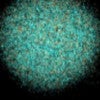
Silver ions hurry up, then wait as they disperse
There’s gold in them thar nanoparticles, and there used to be a lot of silver, too. But much of the silver has leached away, and researchers want to know how.
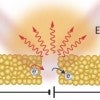
Teamwork makes light shine ever brighter
If you’re looking for one technique to maximize photon output from plasmons, stop. It takes two to wrangle.
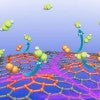
‘Defective’ carbon simplifies hydrogen peroxide production
Rice scientists introduce a new catalyst to reduce oxygen to widely used hydrogen peroxide.